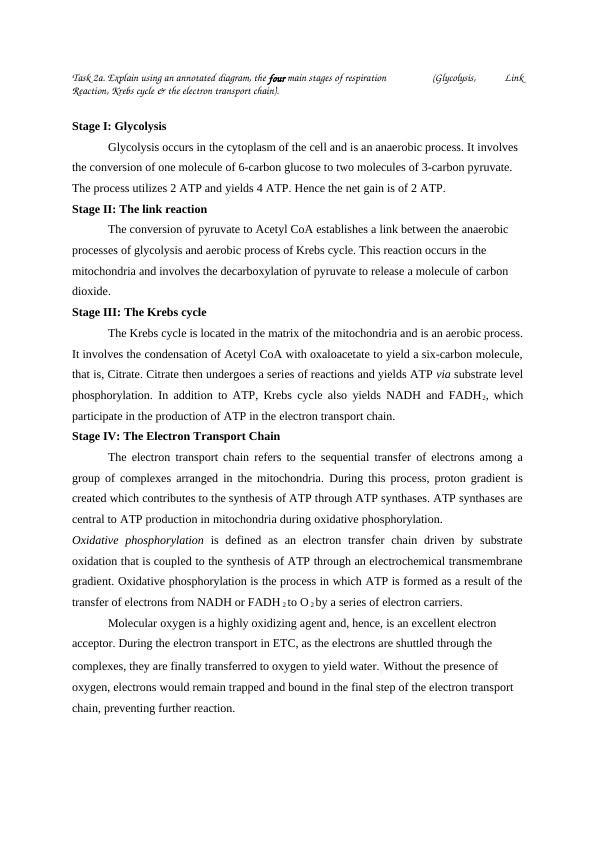Four Stages of Respiration: Annotated Diagram
Added on 2023-02-01
5 Pages1092 Words66 Views
End of preview
Want to access all the pages? Upload your documents or become a member.
The glucose molecule is catabolised into water
|6
|1348
|26
Assign. 1: Question 1 Surname, First Name. a).Glucose m
|4
|2931
|28
Biological Sciences Questions | Assignment
|2
|540
|27
Chemistry and Biochemistry – BIOB111
|11
|1544
|260
Energy Processes in Exercise Science
|6
|1048
|235
Biotechnology | Electron Transport Phosphorylation
|7
|1532
|17


